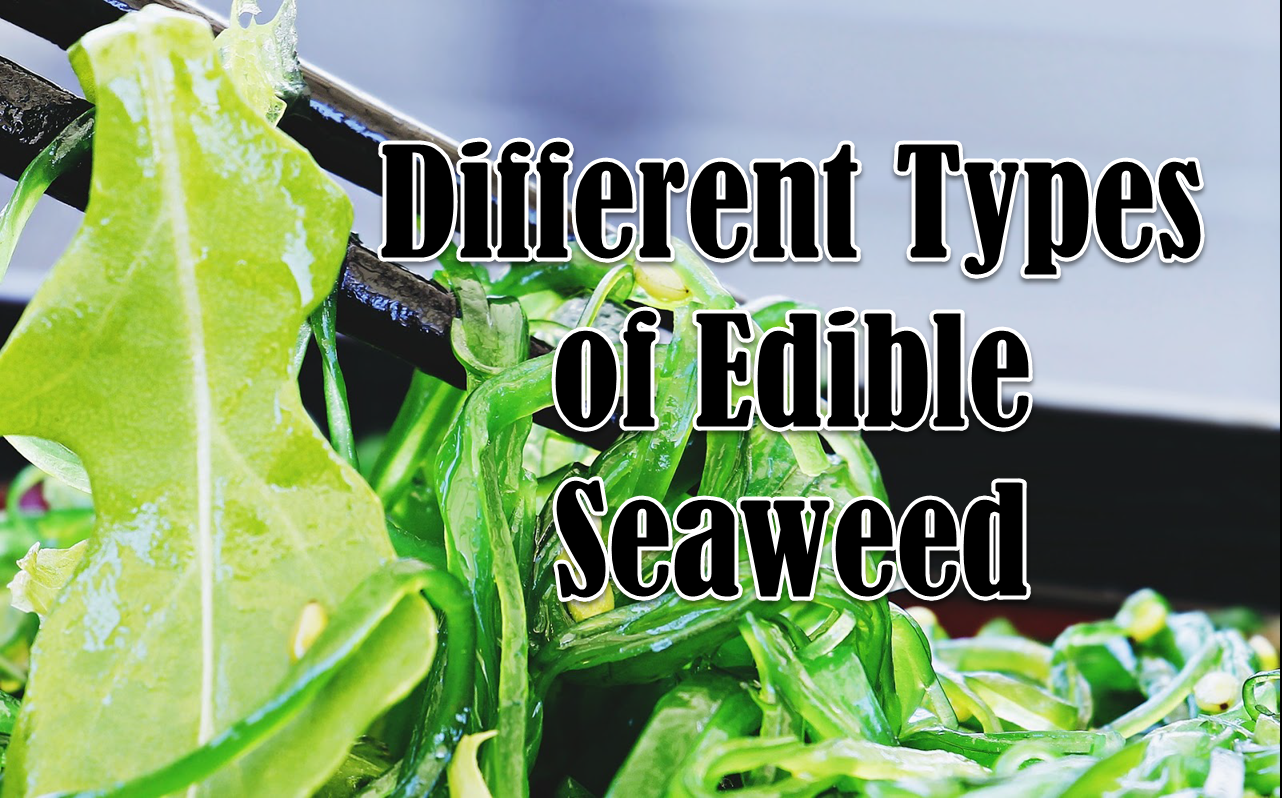Seaweeds have been playing an important role in marine life and ecosystem. Many people have been finding these sea vegetables as a staple in every table. If you have been checking out these types of foods, read this article to find out the different types of edible seaweed that can be added to your menu or recipe.
What Is A Seaweed
Macroalgae or commonly known as seaweeds are forms of algae that grow in the salty waters like the sea. Their colors may vary from red to green to brown to black and they are a source of food with some marine creatures, like the sea turtle. Other creatures like the skipjack tuna also feed on this type of algae.
You can find most seaweed varieties grow near the shorelines that are rocky as they are attached mostly on stones and rocks. Countries that consume more of this seafood includes Japan, Korea, Philippines and China.
Those who aren’t familiar with these sea vegetables may find it gross as it can be slimy and it might have a gross ocean-like taste. However, edible seaweeds provide health benefits as they are rich in nutrients and essential minerals like iodine. They are also good for the digestive system and help maintain a balanced digestive health.
What are the 10 Different Types of Edible Seaweed
Though seaweeds are being consumed by humans, not all types are edible. There are varieties of seaweeds that may not be suitable for human consumption and should be left lying in the ocean floors.
Let us check what is an edible seaweed type that’s safe to eat and available on your local market. You might be able to spot some of these seaweeds whenever you’ll go to the sea where these sea vegetables are abundant.
Find out which of these sea vegetables are familiar to you or you have tried already. The information below should also give you the idea on which one to get if you are thinking to buy.
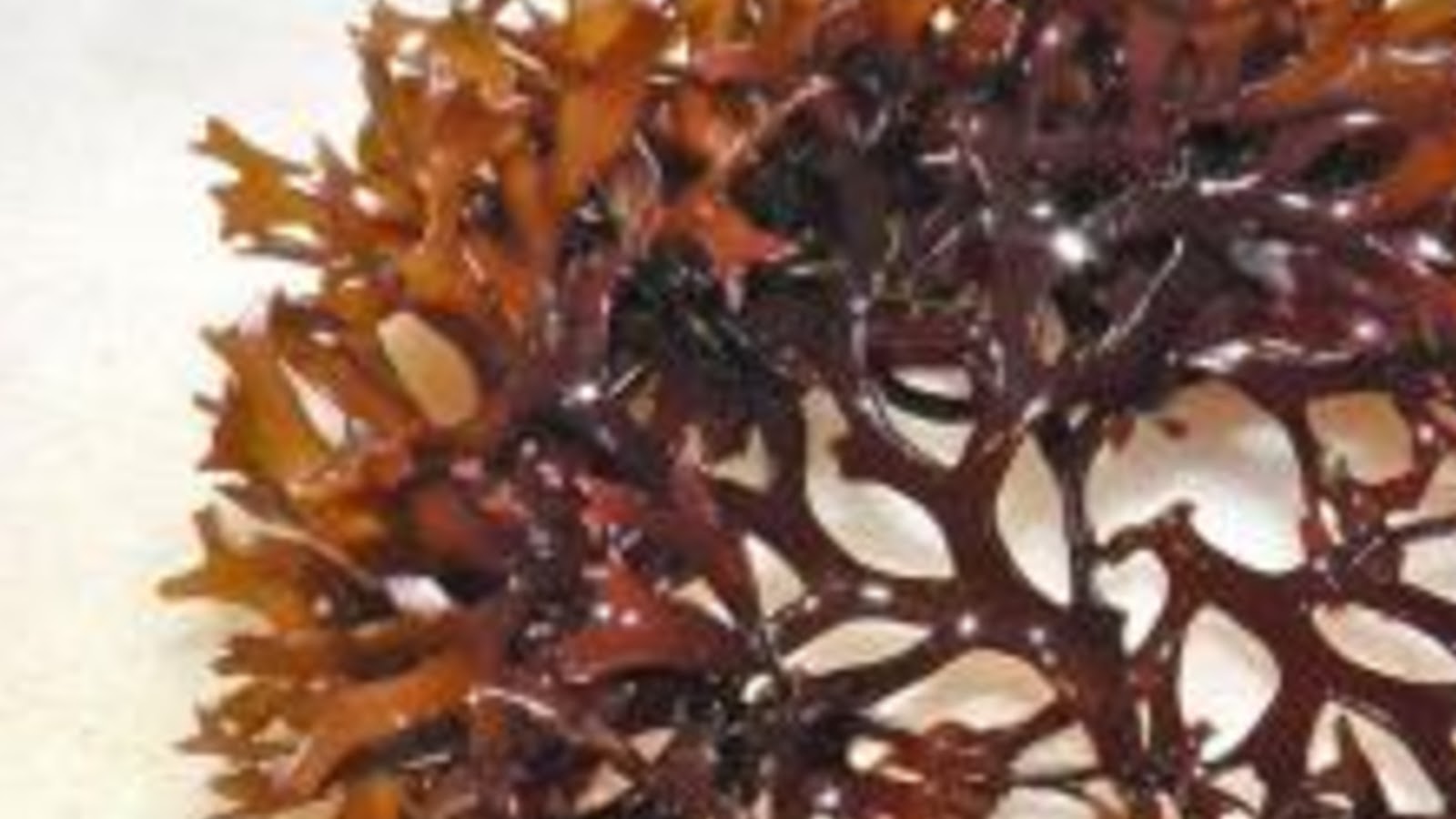
1. Irish Moss
Found on the Atlantic coasts of Ireland, Europe and the United States, Irish moss or sea moss is a North Atlantic edible seaweed that has a gelatinous consistency. The irish moss carrageen content is mostly used as a food additive that helps in maintining the quality and stability of some processed goods. That is is also used as a thickening ingredient with processed foods.
Irish moss is very rich in iodine that helps in aiding thyroid illnesses. But since iodine needs to be taken at a balanced diet, you should consume irish moss moderately. It is also rich in potassium which is a mineral needed by the body as it helps your nerves to function and muscles to contract.
Irish carrageen moss is generally eaten raw and fresh, since it has a slight seaweed taste that is very tolerable. You can also make a fresh simple salad by adding some vinegar and onions with the seaweeds.

2. Brown Seaweed
This brown algae is also known as Fucus vesiculosus or bladderwrack that is popular in some recipes. It is mostly found at the coast of Japan, Korea, and China.
This edible seaweed has been found out to contain a substance called fucoxanthin which is good in burning body fats. It is a brown substance on this seaweed that stimulates a protein and causes fat oxidation, as well as conversion of energy to heat. It also contains several nutrients that helps in aiding a variety of conditions including cancer, fibromyalgia, stress-related health issues, heart disease, high cholesterol, and arthritis.
This brown edible seaweed can be raw, cooked, or pickled which can be used as a side dish on your main dishes. Many asian recipes are using this seaweed as a common ingredient.
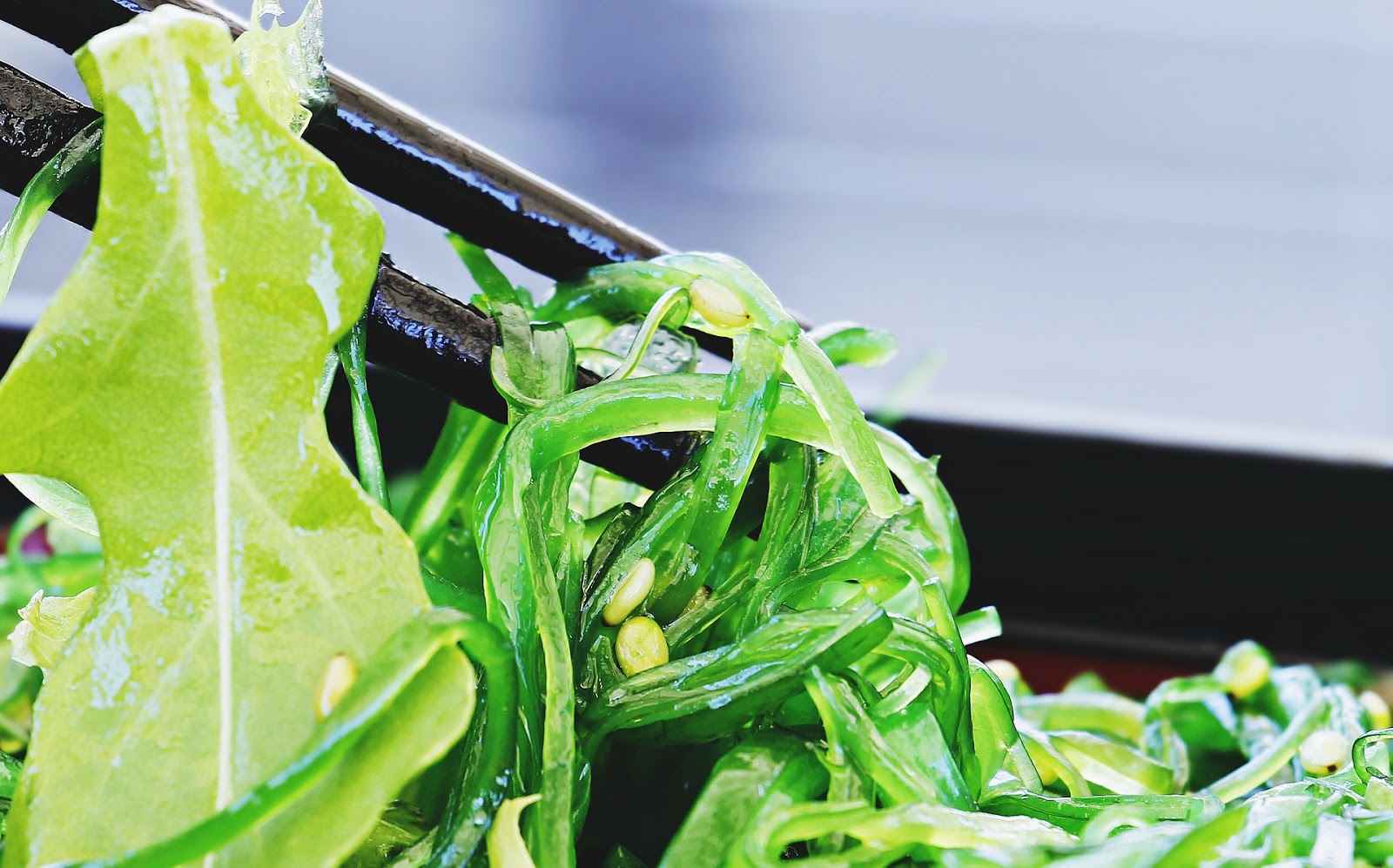
3. Wakame
Under the species of kelp, wakame is found mainly on cold, temperate coasts of the northwest Pacific Ocean. It is also called Miyeok or sea mustard. Wakame is often processed dried and has formed into strips that look like sea raisins since it is somewhat shriveled up which is different from Nori.
Being a highly nutritious edible seaweed, source of vitamins and minerals, as well as low calorie content is found on Wakame. Wakame is also providing a lot of health benefits such as decreasing blood pressure, lowering blood sugar levels, fighting obesity and reducing cholesterol in your body.
Wakame is a staple ingredient in some recipes like the famous miso soup as it has a subtly sweet, yet distinctive and strong flavor and great texture. Wakame can also be used in salads and other recipes. Wakame can also be incorporated on different stir fries menus.

4. Arame
One of the different type of edible seaweeds being used in different asian cuisines is Arame. Arame is generally purchased as a dry product that comes in dark brown strands. It is a sea oak that also comes from the kelp family.
Japanese cuisines have been using arame as their common ingredient due to its mild slightly sweet flavor with a firm texture. The subtle taste that this seaweed produces makes it wonderful to be added in soups, casseroles, sauces, and seaweed salad. Check this out on your grocery store.
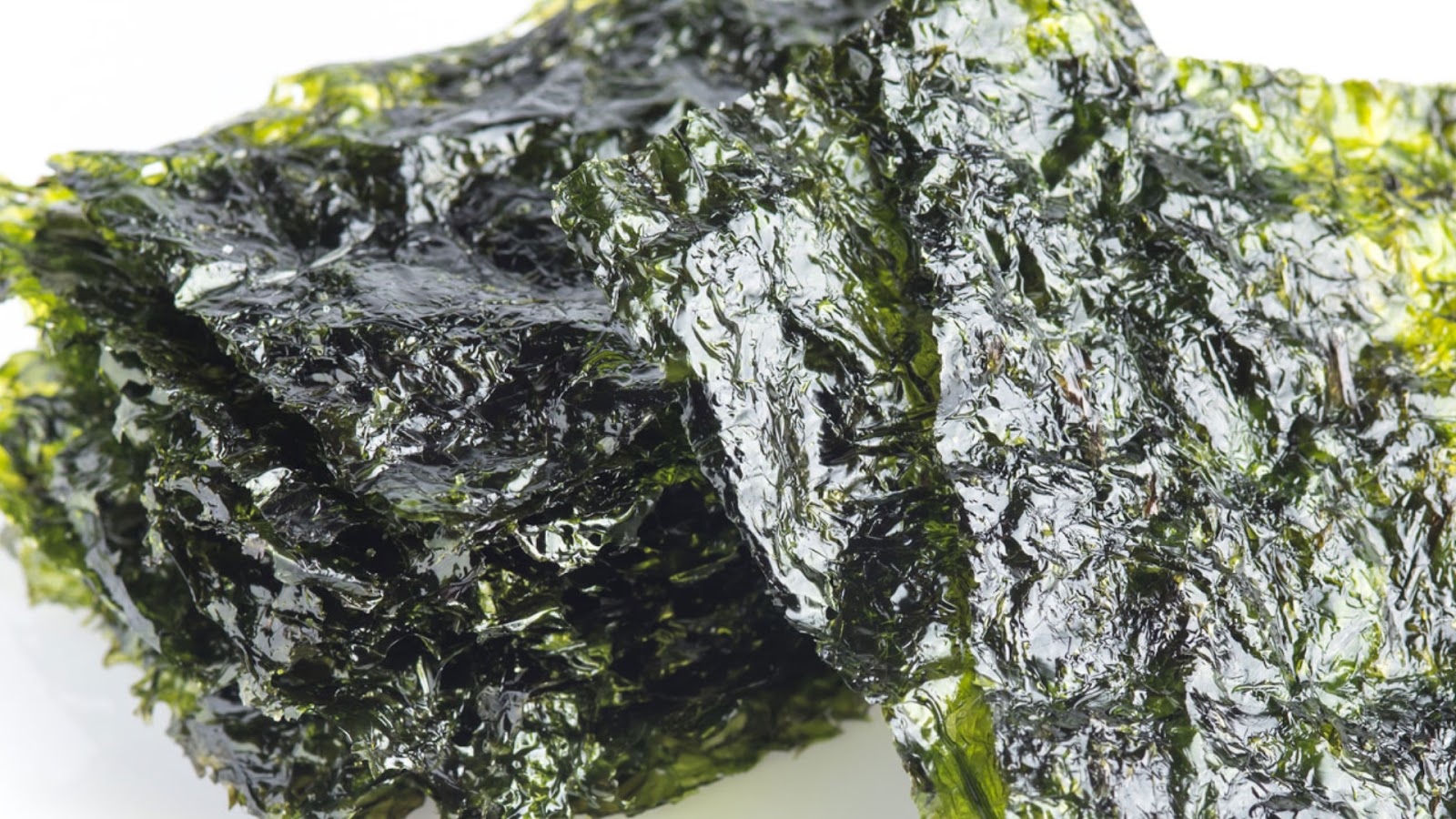
5. Nori
Nori is a type of edible seaweed that comes from the red algae family. Nori is also processed into dried food and commonly used in different Japanese recipes like miso soup. If you haven’t tried nori yet, it has a strong, yet delectable and distinctive taste.
Nori is often used in sushi rolls as it is commonly chopped and transformed into nori sheets. Eating nori is also beneficial as it contains vitamins and minerals such as phosphorus, potassium, copper, iron, magnesium, manganese, selenium, zinc and calcium. Go check it out this seaweed at your local grocery store.
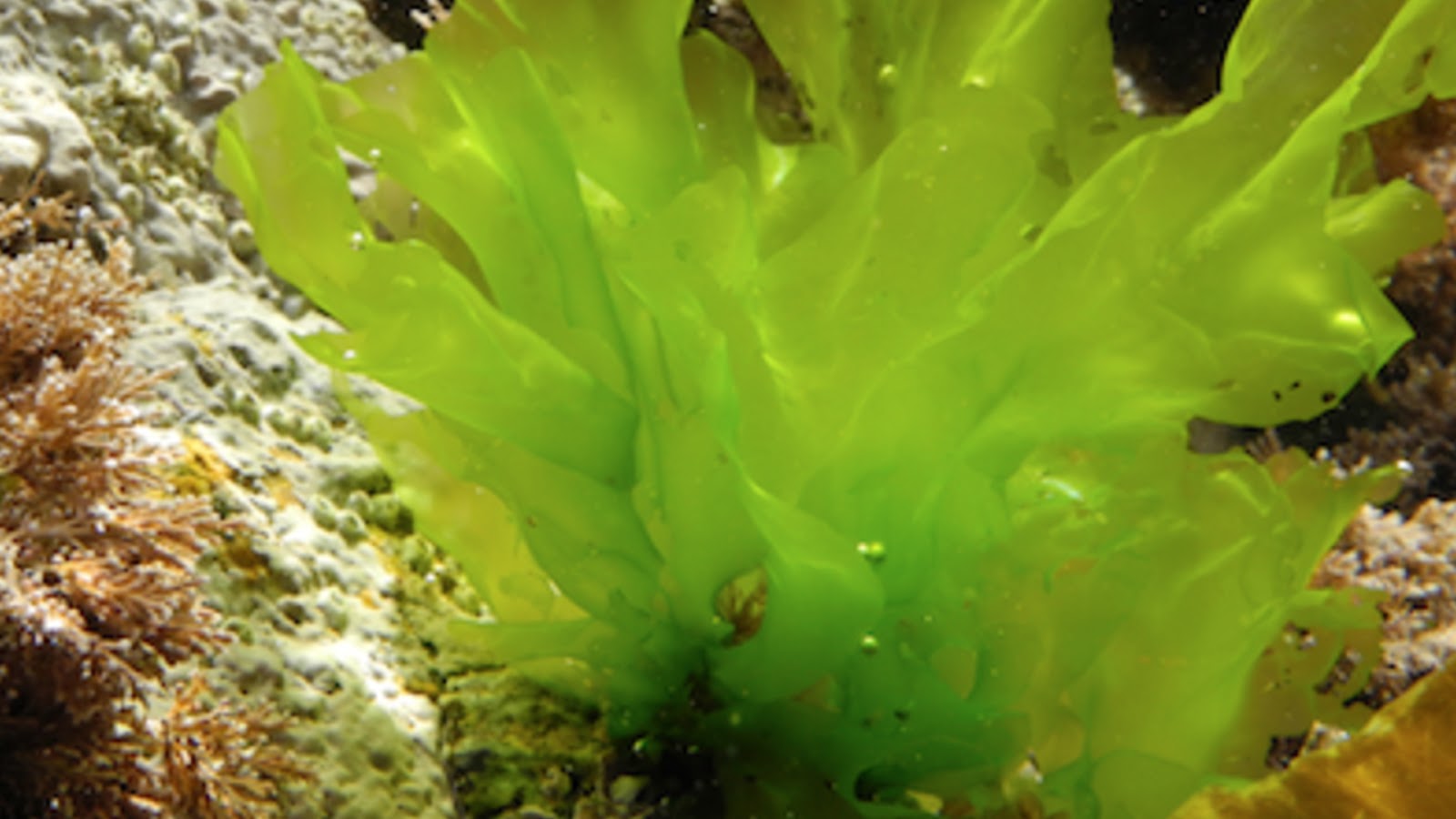
6. Sea Lettuce
Sea lettuce is a very common type of kelp and green algae as it can be seen on different coasts around the world. The name of this seaweed has been derived from the latin word lactuca, which means lettuce as it resembles of that mainland lettuce.
Aside from being home to small sea creatures like amphipods, sea lettuce can also be eaten like the local land lettuce. You can incorporate these sea vegetables on your soups or add it as a part of your favorite seaweed salad. Other commercial manufacturers are adding these types of edible seaweeds to delectable treats like ice cream.
You can also get some medicinal health benefits in eating this seaweed. They are rich in nutrients like fatty acids such as omega 3 fatty acids, polysaccharides, minerals, protein and amino acids, and vitamins that strengthen the immune system.
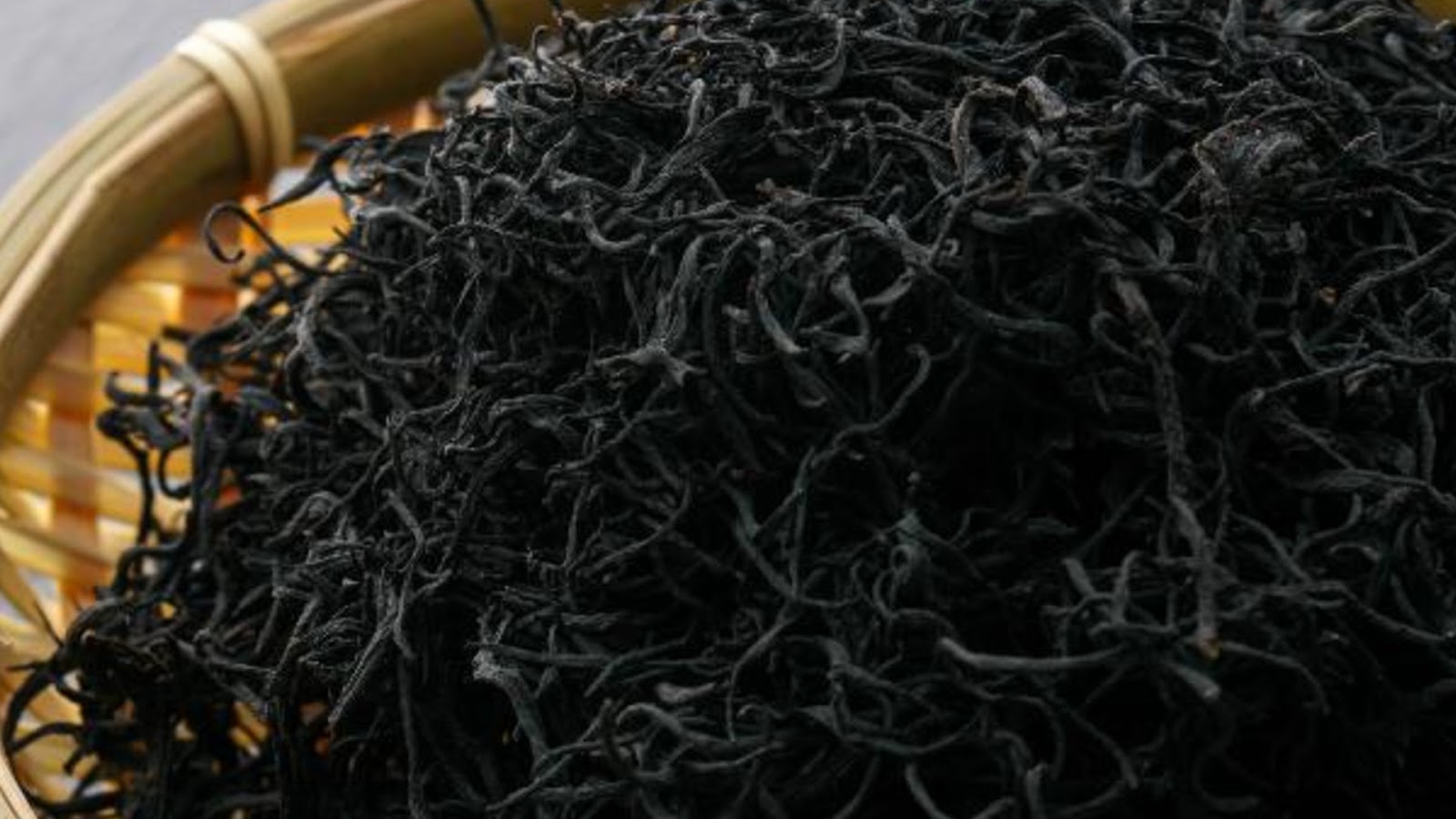
7. Hijiki
Hailing from the family of Sargassaceae within the kelp species, hijiki is a brown algae that can be found growing along the coast of the asian regions such as Japan, China and Korea. But it has played a great part in the Japanese cuisines and recipes.
Its dietary fiber content is very good for those who are seeking weight loss and a healthy digestive system. Essential nutrients such as iron, magnesium and calcium can also be acquired by consuming Hijiki.
Hijiki provides a sweet, clean taste and a mushroom-like texture. Salad, soup and vegetarian dishes can make a good use of this edible seaweed as an ingredient.

8. Sea Palm
Sea palm has a delectable sweet-and-salty taste, which makes it a good compliment to different vegetable, rice or salad dishes, and even soups. This is also turned into dried goods but you can also purchase it fresh. It has a crunchy texture and can be a great snack.
Found along the western coast of North America, these types of seaweeds are a part of the species of kelp. Just like the other types, this seaweed is also rich in iodine and source of iron, calcium, Vitamins A, C, E, and B vitamins like vitamin B12.
Different Japanese recipes are also using this seaweed on their menus.
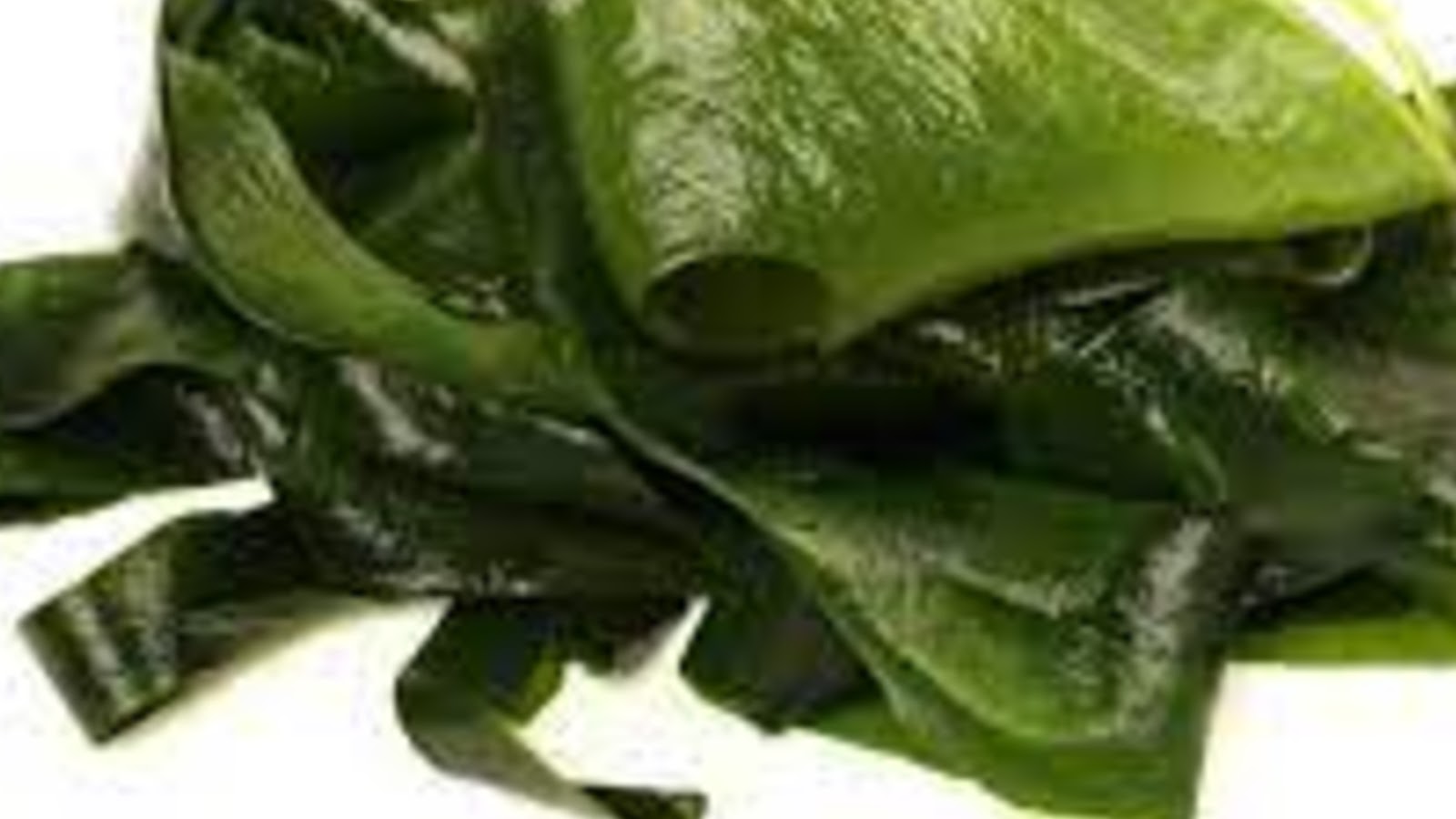
9. Kombu
Kombu is a type of edible seaweed that is also from the kelp family, which is a brown algae and is mostly common in areas of East Asia as Kombu is consumed mainly out there. Kombu can also be called dasima or haidai and is a common ingredient in some Japanese recipes.
Consuming kombu seaweed provides a great benefit on your health as kombu is also a source of iron, calcium, and vitamins A and C. Kombu can also help in reducing bad cholesterols in your body and promotes regular blood pressure. Check the kombu seaweed on your local market.
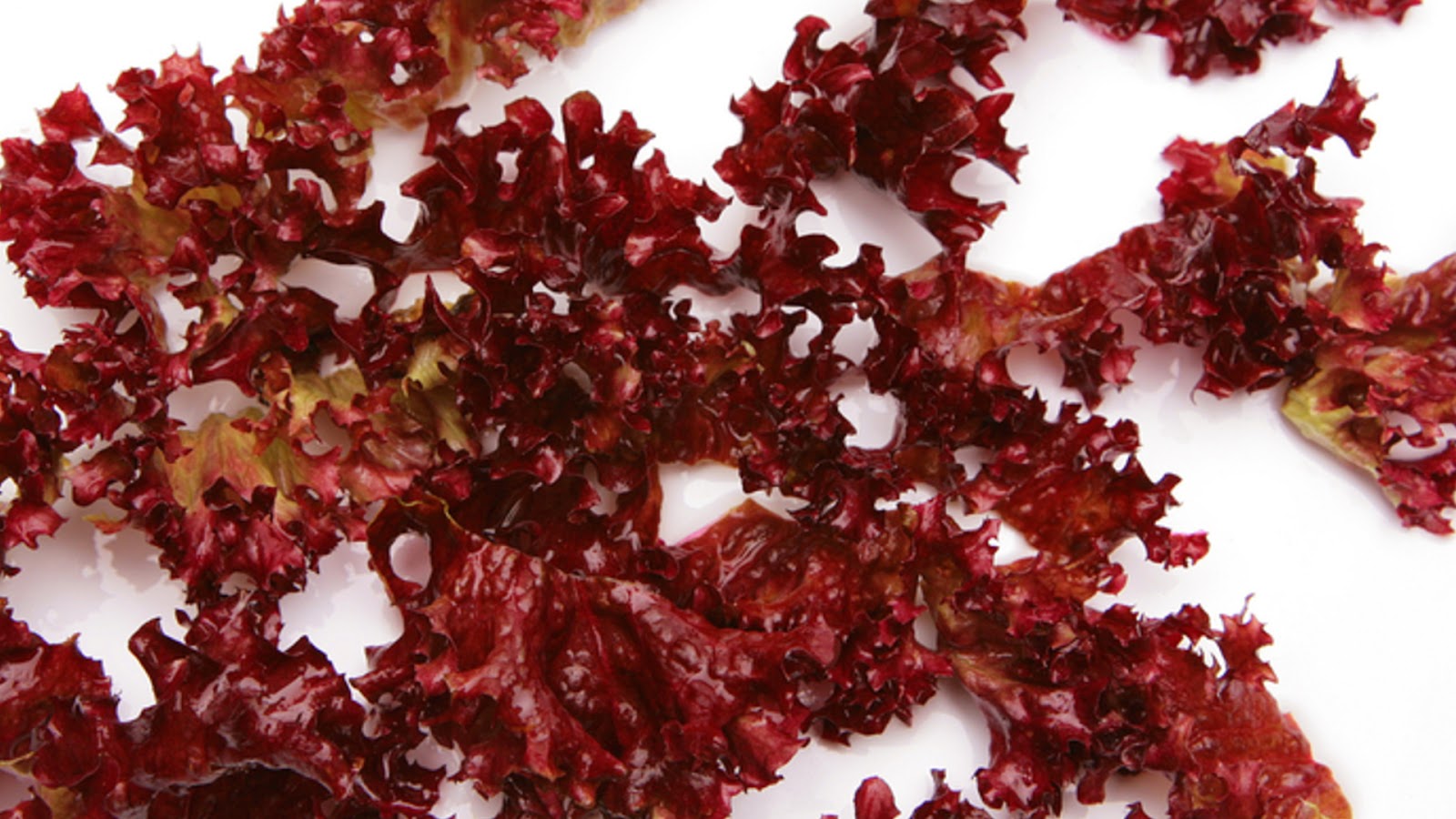
10. Dulse
Dulse is a red seaweed of the Palmariaceae family. It is also called Palmaria palmata, dillisk or dilsk, red dulse, sea lettuce flakes, or creathnach. Dulse is a type of kelp, common in the shores and coast line of the North Atlantic and Pacific Oceans.
This edible saltwater plant and algae – dulse, is rich in vitamins, trace minerals, healthy fatty acids, antioxidants, protein and fiber. Dulse seaweed has a savory flavor with a subtle taste of the ocean and a mildly salty hint and is also use in Japanese recipes.
Dulse can be added on a variety of dishes like soups and salads. It can also be incorporated on your seaweed snacks. Check out dulse and see if this one of the edible seaweeds that you might want. Who know, you might become a fan of this seaweed or sea vegetables.
Check out the Seaweed or Sea Vegetables
Now that you have an idea with the types of edible seaweed with photo, make sure to check them out whenever you visit the sea or those places where they are commonly found. Seaweed farming is also common nowadays, so better check them out too.

